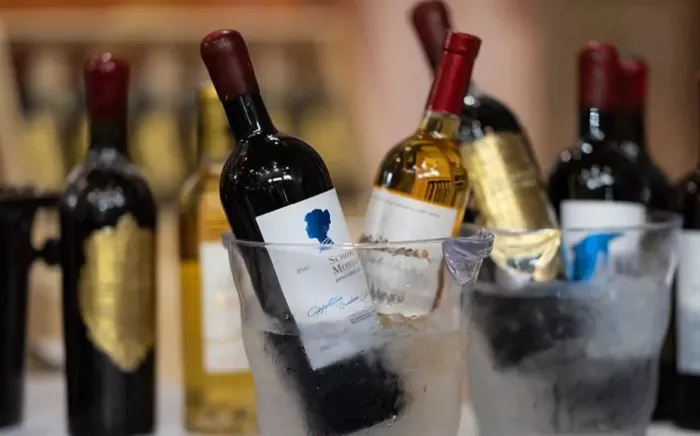Organic wine often carries a modest price premium, primarily due to the higher production costs involved. Research from the Gironde Chamber of Agriculture reveals that organic wine production costs are approximately 28% higher than conventional methods. This increase is largely attributed to a 20% reduction in yields and higher labor costs.
Despite the price difference, many industry insiders believe that cost is not the only factor influencing consumer decisions. Dr. Laura Catena, a fourth-generation vintner and managing director at Catena Zapata, acknowledges that while organic wines tend to be slightly more expensive—around 10-20% more than conventional wines—this price difference is not necessarily a deterrent for consumers.
Catena highlights the success of the Tilia brand, which provides an accessible entry point for organic wine drinkers. “Our Tilia brand isn’t particularly expensive,” she said, noting that its price varies by country. In the United States, the brand has seen strong sales, especially after being distributed by Trader Joe’s. “We’re doing well with this brand,” she added.
The brand’s appeal, Catena explained, extends beyond price. The label tells the story of sustainability practices in Argentina, showcasing the region’s mountains, soil, biodiversity, and people. Additionally, a QR code on the bottle allows consumers to listen to the sounds of the vineyard, a feature Catena finds particularly soothing.
Building Consumer Understanding
For organic wine producers, educating consumers is key to overcoming the perception gap surrounding the higher cost. By offering detailed labels and interactive features such as QR codes, producers can help consumers understand the story behind the product. This transparency fosters a deeper connection to the wine, encouraging consumers to engage with the product on a more emotional level.
Catena believes that the true challenge lies in bridging the awareness gap. “The price is potentially a barrier, but I think a greater barrier is that people don’t understand the difference between organic and conventional wines,” she said.
This lack of understanding may explain why organic wine remains a niche segment of the market despite its growing presence.
Younger Consumers Driving Change
According to Lucas Löwi, winemaker at Terrazas de los Andes, younger generations—particularly Millennials and Gen Z—are instrumental in closing the awareness gap surrounding organic wines. Löwi notes that these consumers are more likely to view sustainable and organic wines as synonymous with higher quality. “For them, organic or regenerative wines reflect a broader lifestyle choice, not just a trend,” he said.
As consumer awareness continues to grow, Löwi believes there is a shift toward more sustainable and regenerative practices. While organic viticulture focuses on avoiding synthetic chemicals, regenerative farming goes a step further by working to restore and enhance the health of the entire ecosystem—soil, biodiversity, and the surrounding environment.
This shift in consumer values could play a significant role in making organic wine more mainstream. As younger, eco-conscious consumers demand products that align with their values, the slight price premium of organic wine may become less of a barrier.
Conclusion
In the evolving world of wine, organic products are carving out a larger share of the market, driven by a combination of sustainability, storytelling, and growing consumer awareness. As younger generations seek wines that reflect their environmental values, organic wine may soon become a more mainstream choice, regardless of its price premium.
You Might Be Interested In:


